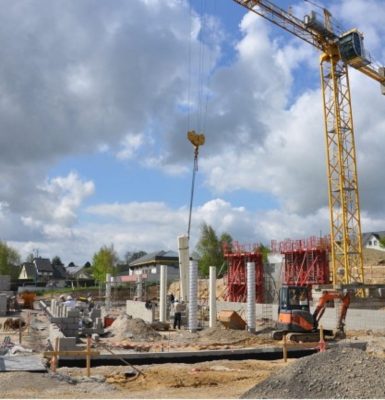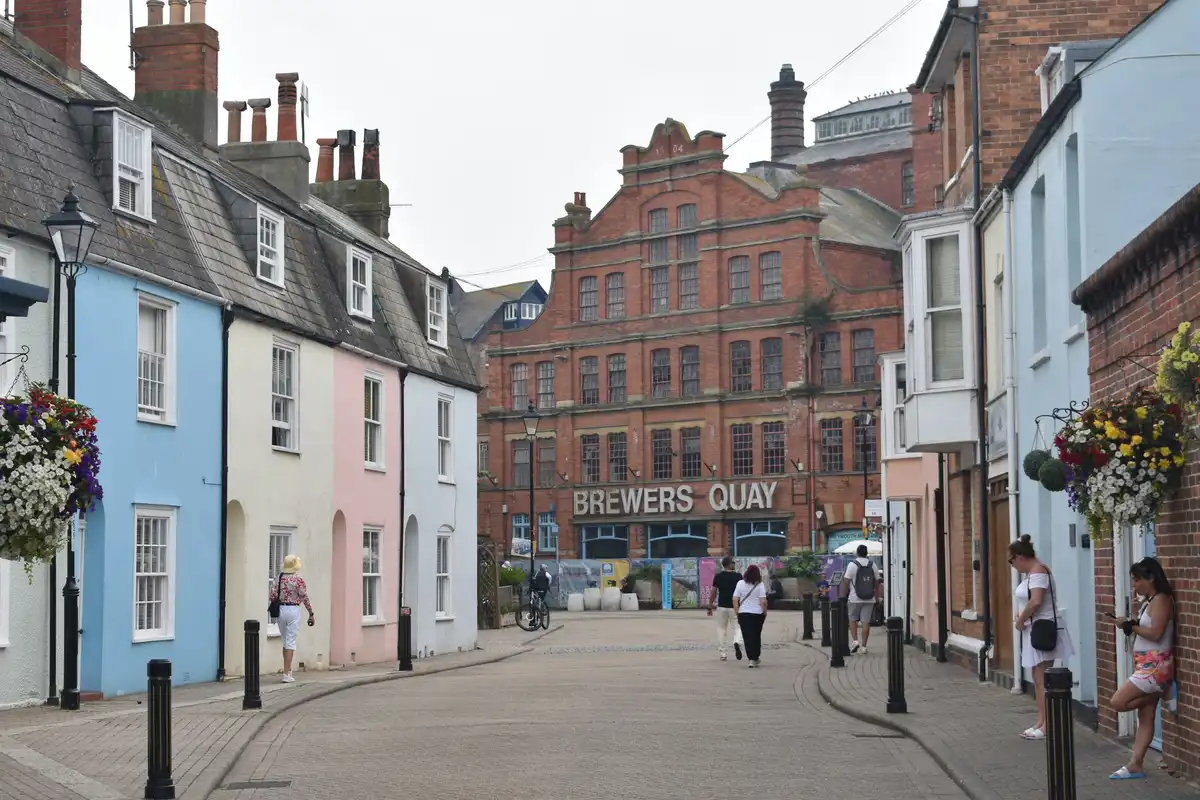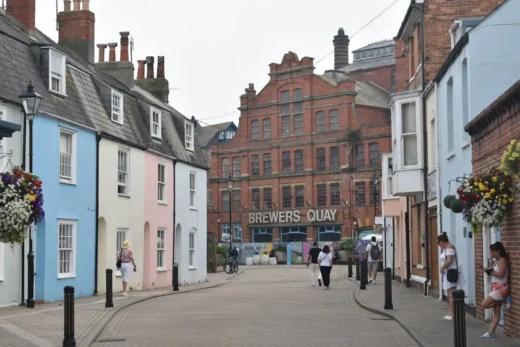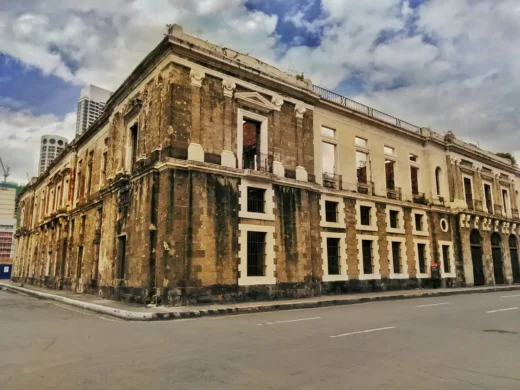The architect’s ally, Why heritage surveyors are essential for historic building projects, United Kingdom, HDT 2023
Why Heritage Surveyors Are Essential for Historic Building Projects
28 May 2025
Preserving Architectural Legacy Through Expert Insight
For architects working with historic and listed buildings, every design decision carries profound responsibility. These structures are not merely projects—they are physical chronicles of craftsmanship, cultural evolution, and architectural innovation. From medieval timber frames to Victorian ironwork, each element demands a conservation-led approach that balances preservation with contemporary functionality.
This is where the specialist heritage surveyor becomes an indispensable partner in the design process. Far more than a technical consultant, they serve as interpreters of architectural history, ensuring interventions respect original intent while meeting modern standards. Their expertise bridges the gap between conservation philosophy and practical execution, making them invaluable collaborators for architects navigating the complexities of historic renovation.
“If we respect and celebrate our past, then we can create a never-ending story from which everyone benefits. Places need stories. New-build glassy offices and blocks of flats that aren’t connected to the history of the places where they are built don’t have stories. Stories are what make a place unique.” – Martyn Evans, Creative Director, Cathedral Group, for Historic England.
Why Architects Need Heritage Surveyors
Decoding Historical Fabric
Historic buildings operate on fundamentally different structural principles than modern constructions. A heritage surveyor brings forensic understanding of:
- Traditional materials (lime mortars, soft bricks, heartwood timber) and their aging behaviors—knowledge critical for specifying compatible repairs.
- Period construction techniques, from scribed joints to load-bearing masonry patterns, ensuring interventions don’t inadvertently destabilize historic fabric.
- Evolutionary adaptations that reveal a building’s authentic narrative, such as hidden original features or phased modifications over centuries.
Without this expertise, well-intentioned designs risk compromising historic integrity. Common pitfalls include:
- Specifying cement renders that trap moisture, accelerating decay in breathable historic walls.
- Introducing incompatible structural supports that disrupt load paths in traditional masonry or timber frames.
- Overlooking subtle clues (e.g., tool marks, jointing methods) that inform appropriate repair techniques.
A heritage surveyor’s insight ensures architectural proposals enhance, rather than erase, a building’s historical narrative.
Navigating the Regulatory Landscape
Listed Building Consent and conservation area policies impose strict constraints, often requiring evidence-based justifications for even minor alterations. A heritage surveyor provides:
- Pre-design assessments identifying protected features and “no-go” alteration zones, preventing costly redesigns post-submission.
- Evidence-based justifications for interventions, using archival research or material analysis to satisfy conservation officers.
- Sympathetic material specifications, such as matching lime mortar mixes or reclaimed bricks, to meet conservation policy requirements.
For example, when converting a Victorian warehouse, specialist heritage surveyors could help direct remedial strategy towards retaining as much historic material as possible by conducting detailed condition surveys. This is particularly relevant to structural timber elements, which may be unnecessarily written off without the right approach.
Preventing Costly Design Conflicts
Many heritage projects face delays due to unforeseen issues—cryptic damp paths, concealed structural movement, or hazardous materials like asbestos. Early surveyor involvement mitigates risks by:
- Flagging hidden defects through non-invasive techniques (e.g., infrared thermography, moisture mapping).
- Advising on least-invasive strategies, such as repairing rather than replacing historic joinery or masonry.
- Connecting architects with specialist craftspeople, from lime plasterers to stained-glass conservators, ensuring traditional skills are available when needed.
By addressing these challenges during the design phase, architects avoid mid-project surprises that derail timelines and budgets.
The Surveyor’s Toolkit: From Laser Scanning to Archival Research
For architects working with historic structures, understanding a heritage surveyor’s evolving toolkit is crucial for informed collaboration. Today’s specialists employ a sophisticated fusion of digital innovation and traditional investigative techniques, each offering distinct advantages for documentation, analysis, and intervention planning.
Digital Capture & Computational Analysis
- Terrestrial Laser Scanning (TLS) – Creates millimeter-accurate 3D point clouds of complex geometries, essential for recording ornate stonework or distorted timber frames prior to intervention.
- Photogrammetry – Cost-effective for generating textured 3D models from drone or DSLR imagery, ideal for facade condition mapping.
- Infrared Thermography – Reveals hidden moisture patterns and insulation voids without invasive probing, critical for diagnosing envelope failures.
- HBIM (Heritage BIM) – Extends conventional BIM with historic layering, allowing architects to model phased interventions while preserving archival data.
Material Science & Forensic Investigation
- Petrographic Analysis – Microscopic examination of mortar and stone samples to determine original compositions for compatible repairs.
- Dendrochronology – Tree-ring dating of structural timbers that can precisely date construction phases.
- Salt & Moisture Profiling – Laboratory testing to diagnose decay mechanisms in masonry, informing moisture management strategies.
Archival & Contextual Research
- Cartographic Regression – Overlaying historic maps (e.g., Tithe or Ordnance Survey) to trace site evolution and lost features.
- Photographic Stereoscopy – Using vintage stereo image pairs to reconstruct demolished elements in 3D.
- Building Archaeology – Stratigraphic analysis of fabric to identify concealed openings or altered circulation patterns.
“Where architects see space, surveyors see time. These tools let us peel back layers of adaptation – whether it’s a Victorian alteration to a medieval hall or wartime repairs – so new designs can engage meaningfully with that chronology.” – Matthew Amis, specialist heritage surveyor for Six Heritage
For forward-thinking practices, early engagement with surveyors leveraging these methods can unlock:
- Design Flexibility – Precise existing condition data enables more ambitious yet sensitive interventions.
- Risk Mitigation – Quantitative material analysis prevents specification of incompatible modern systems.
- Narrative Depth – Recovered historical details can inspire contemporary design responses that honor a building’s lineage.
This multi-disciplinary approach transforms surveys from static reports into dynamic design frameworks, where every laser scan vector and mortar sample informs the architectural proposition.
Designing with Temporal Intelligence
For architects, heritage surveyors provide the missing link between conservation philosophy and buildable solutions. Their expertise transforms constraints into creative opportunities, ensuring designs:
- Respect architectural authenticity by preserving significant fabric and spatial hierarchies.
- Streamline regulatory approval through evidence-based conservation strategies.
- Avoid costly mid-project surprises with proactive risk assessment.
In an era where adaptive reuse is both sustainable and culturally vital, this collaboration represents the gold standard for historic architecture. As we retrofit the past for future relevance, the surveyor’s measured gaze ensures we don’t lose sight of what makes these buildings irreplaceable.
Partnering with a heritage surveyor isn’t just about compliance; it’s about enriching your design process with historical insight, technical precision, and narrative depth. For practices committed to meaningful preservation, this alliance is not optional; it’s essential.
Selecting The Right Surveyor
Look for:
- Accreditation (RICS, IHBC) and proven experience in your building’s period.
- A toolkit that aligns with your project’s complexity (e.g., HBIM for large-scale restorations).
- Collaborative willingness to engage early, ensuring their findings shape – not derail – your vision.
By integrating heritage surveyors into your workflow, you safeguard both architectural legacy and design innovation. The past, after all, deserves more than preservation – it deserves thoughtful evolution.
Comments on The Architect’s Ally: Why Heritage Surveyors Are Essential for Historic Building Projects are welcome
UK Construction News
New UK Housing: British Housebuilding
New UK Housing
UK asbestos removal from buildings within 40 years
UK asbestos removal from buildings
New Construction Output Increase Comment

image courtesy of article provider
UK Construction Industry recovery news
How will Construction Industry respond to Brexit?

How will Construction Industry respond to Brexit?
Brexit Impact on UK Construction Industry News
Brexit Impact on UK Construction Industry
Comments / photos for the The Architect’s Ally: Why Heritage Surveyors Are Essential for Historic Building Projects page welcome








